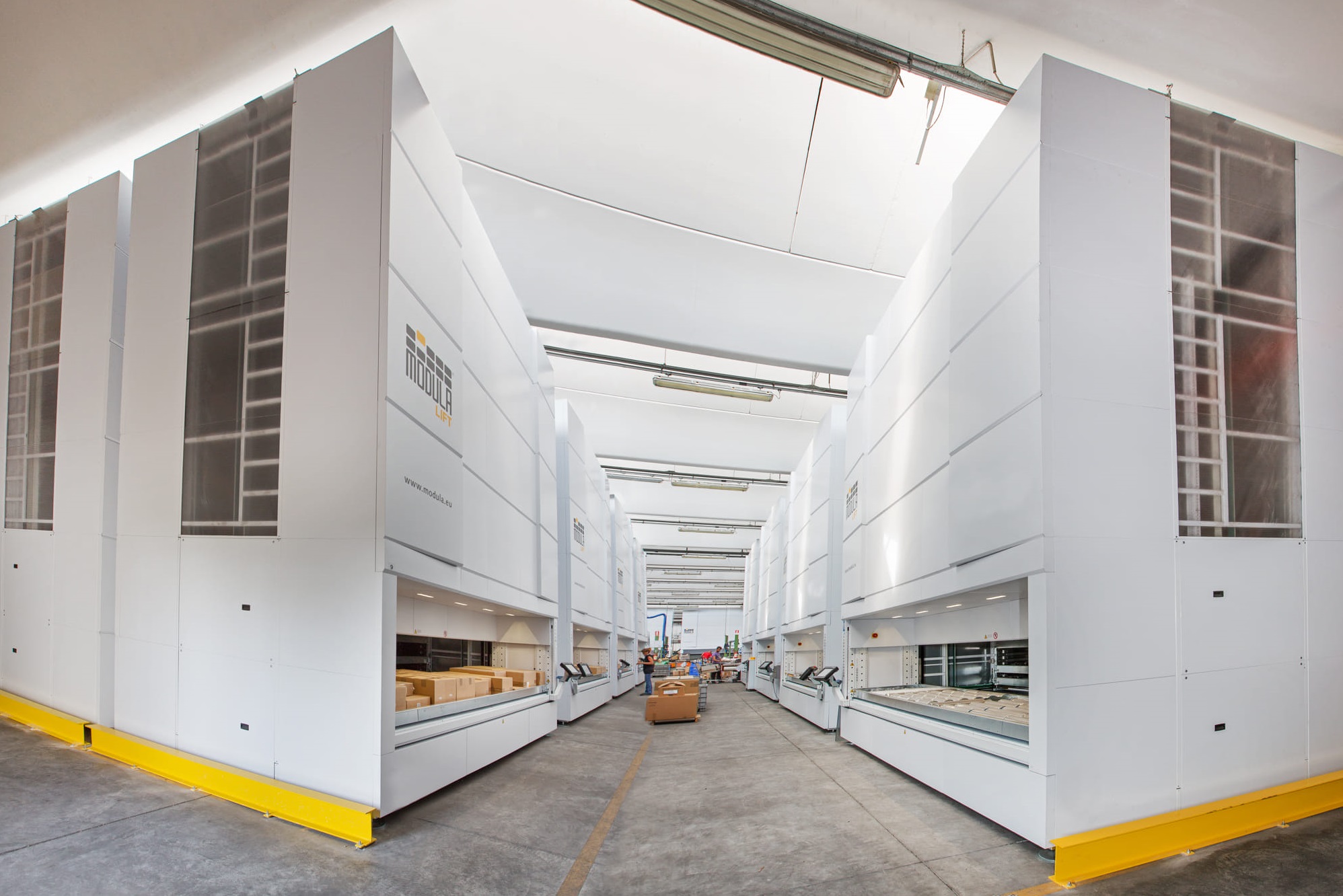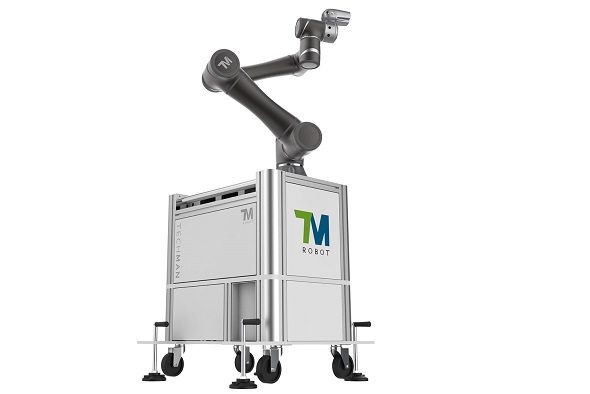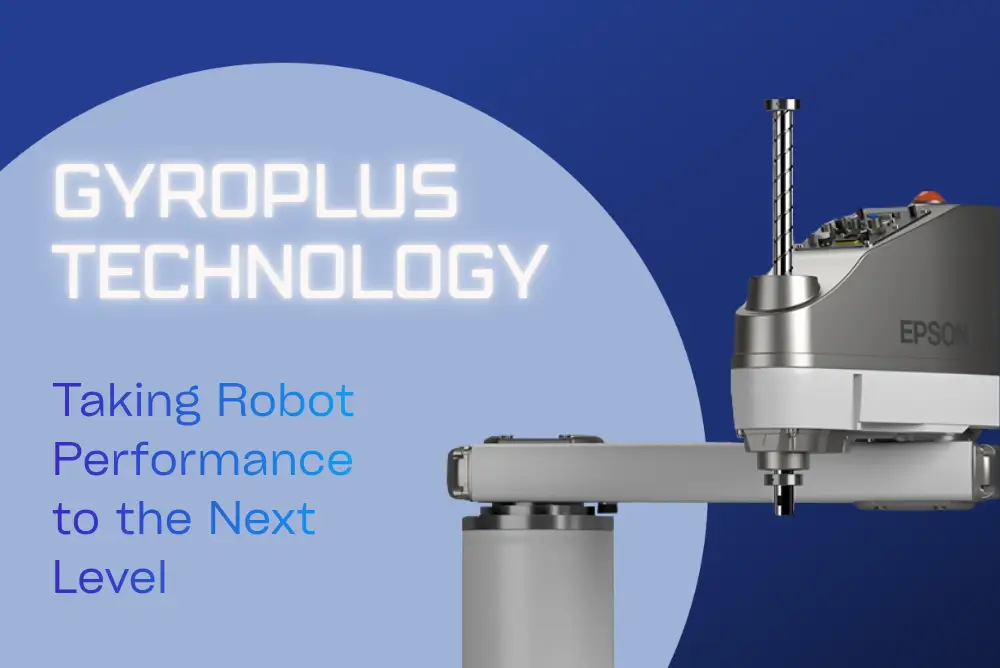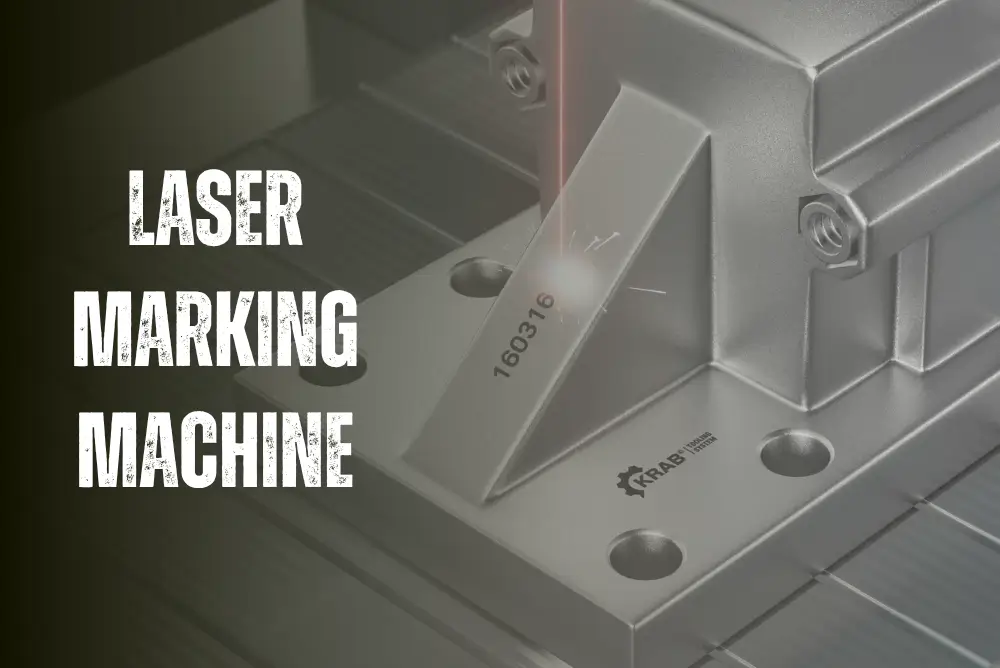 Contents
Contents
Collaborative robots today go far beyond assisting with basic tasks. They are now equipped with advanced vision and artificial intelligence technologies to perform more efficiently.
Techman is a leading pioneer, offering outstanding capabilities such as Landmark 2.0, object segmentation, Flying Trigger, and AI model management directly within TMflow. These innovations improve operation stability, shorten system integration time, and support a wide variety of manufacturing applications. This article highlights the key technologies in Techman AI Cobot and the value they bring to the factory floor.
AI Vision
Highlighted AI Vision features in TMflow 2.20 & 2.22 include:
- Landmark 2.0
- AI Anomaly Detection
- Flying-trigger
- Direct integration of TM AI+ Trainer in TMflow
- AI Model Management and Remote Deployment
1. Landmark 2.0 for faster and more stable positioning
Landmark 1.0 vs Landmark 2.0
Traditional positioning approaches such as robot coordinate calibration, reference points, or fixture setup require time-consuming teaching and are prone to errors when robot or product coordinates change. Landmark 2.0 is an object-reference positioning technology that allows automatic coordinate recalculation without manual adjustment, delivering faster and more accurate positioning even when robot or product positions shift.
On Techman Cobots, Landmark serves as a quick reference marker to resynchronize the working coordinate system. Landmark 1.0 relied on four corner points for pose estimation, which could lead to accuracy deviation when surfaces were contaminated. The fully redesigned Landmark 2.0 introduces:
- Higher durability: A new metal surface printing process improves precision and minimizes reflection, while removing plastic film to prevent peeling.
- Improved stability: More distinctive feature points significantly enhance positioning reliability.
Under standard conditions, Landmark 2.0 can improve repeatability by approximately 20%. In real applications, performance may vary depending on lighting, object characteristics, and vision programming methods.
2. AI Anomaly Detection
In production lines, the ratio of OK products is usually very high, making it difficult to collect enough NG samples for training. This imbalance reduces the performance of Classification or Semantic Segmentation models.
Techman applies an “anomaly detection” approach: the model is trained only on OK samples to extract feature vectors using neural networks. During inspection, new images are compared against these learned features to detect significant deviations, enabling robust abnormality detection.
Accuracy and model stability are enhanced, as the AI can now learn more normal features and better distinguish between OK and NG conditions.
3. Flying Trigger
Flying Trigger allows the camera (and synchronized lighting) to capture images while the cobot is moving. There is no need to stop at each inspection point.
The technology synchronizes motion control, digital output signals, and imaging in real time, enabling continuous operation while maintaining inspection accuracy. Cycle time can be reduced by up to 50 percent compared to stop-and-shoot methods, making it ideal for high-speed production inspection.
Three core capabilities of Flying Trigger:
- Precise motion control: Accurate capture through point at any speed.
- Image synchronization: Millisecond-level trigger timing.
- Versatile image processing: Supports flexible imaging parameters, pattern matching, barcode reading, OCR, and inference using diverse AI models.
4. Direct Integration of TM AI+ Trainer into TMflow
Previously, AI training required multiple devices and complex workflows. In recent versions, AI development can be completed entirely within TMflow.
Since version 2.20, image collection, labeling, training, and deployment are all executed within the robot development environment, eliminating the need for separate notebooks or servers. This simplifies AI deployment and shortens the time from testing to production.
5. AI Model Management and Remote Deployment
TMflow now supports multiple AI model versions for a single project (up to 5 models), enabling detailed comparison and quick selection of the best-performing model. This makes version control and deployment much more efficient.
Remote deployment (version 2.22) allows AI models to be distributed to multiple robots simultaneously, without stopping the line or manually loading each robot. This helps reduce downtime and maintenance effort, which is crucial for large-scale manufacturing.
TCP (Tool Center Point)
TCP, or Tool Center Point, defines the exact position and orientation of the tool (such as a gripper or soldering tip) relative to the robot coordinate system.
A robot may have several TCPs but only one active at a time. With calibration accuracy ≤ 0.3 mm, the robot maintains its trajectory even when the tool changes, ensuring smooth motion aligned with the TCP direction and full synchronization with AI Vision.
Within Techman’s TMflow system, TCP is linked to the Vision Base, aligning robot and camera coordinates for precise pick-and-place and rotation operations.
Applications
Through numerous projects (automatic screw-driving, PSSD label inspection, EV component testing, CNC part loading for automotive OEMs, etc.), Techman has demonstrated how AI Vision and cobot manipulation effectively solve practical challenges: immediate screw-pickup error detection using mirror reflection + AI, complex multi-point inspection with high precision, and object detection in reflective environments.
Techman is transforming the cobot into a smarter automation platform by continuously expanding AI Vision features, integrating TM AI+ Trainer into TMflow, and adding simulation tools for rapid prototyping. Innovations like Landmark 2.0, Flying Trigger, and enhanced model deployment improve usability while reducing engineering cost and deployment time.
Through this article, you have explored the advanced technologies integrated into Techman AI Cobot with Temas. In Vietnam, Temas is proud to be the official distributor of Techman, delivering cutting-edge AI Cobots to manufacturers. Contact us for expert consultation and optimal solutions tailored to your production needs.
Reference: Techman AI Cobot S Series
.png)
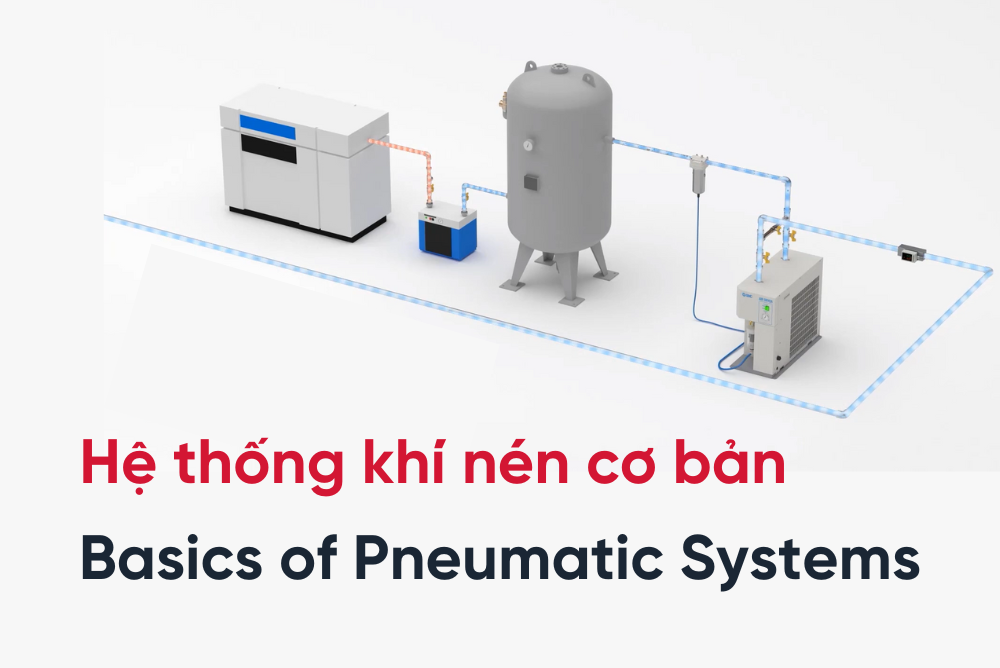
 Read more
Read more
